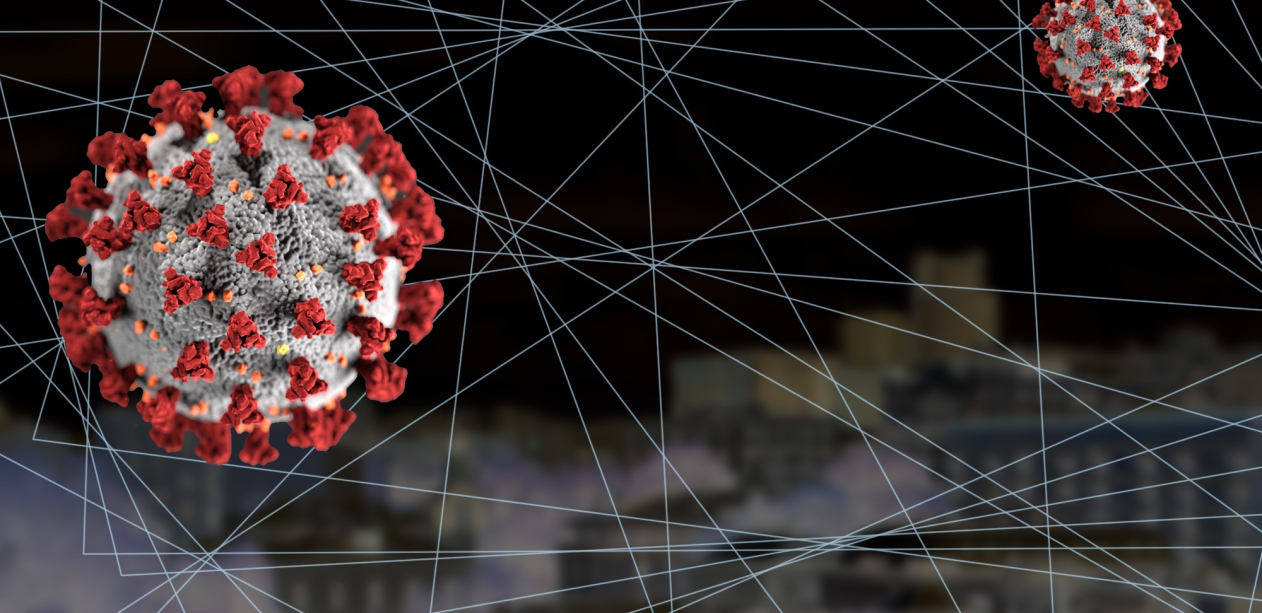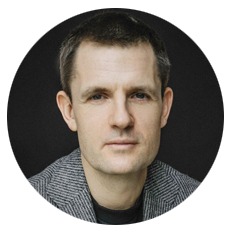
“Most of Moscow architectural companies are now encouraging their employees to work from home in order to prevent the spread of #COVID19” – the Chief Architect of Moscow, Sergey Kuznetsov, reported on Monday, March 16. “This is an important and responsible move for most of the employers, even though it was a hard decision to make for many of them. Here are but a few companies that have switched to remote work or flexible attendance policy: Citizenstudio, MAD architects, Maryarch, Wowhaus, Nefa, Kleinewelt Architekten, Master’s plan, buromoscow, ABTB, Meganom, TPO Pride Architects, Ostozhenka, and others. Also, MARKhI, MARCH, MITU MASI, and other architectural schools of the nation’s capital are bracing for massive experiment in online education.”
We spoke to a few leaders of Moscow architectural companies – all of them are busy switching to the remote work mode, and all of them rate this measure as a necessity. Many of them turned out to be partially ready for it because they already had some experience in online communication and remote work, while for some of the companies this was a standard practice for quite a while. For now, the general impression is that after the epidemic the architects’ work will be organized in a much more flexible and contemporary way.
Vera Butko and Anton Nadtochiy, ATRIUM:
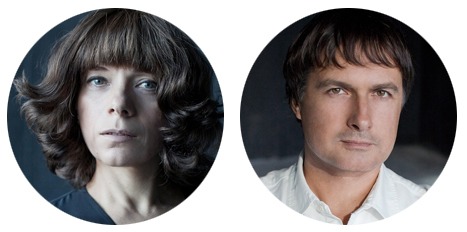
“Switching a company that has about a hundred employees to a remote work mode is quite a difficult thing to do. However, we got serious about tackling this task, and after March 8, all of our face-to-face meetings with clients were suspended. Not all of our clients were ready for this, and sometimes we had to insist.
At the same time, we spent a whole week preparing for this: we were getting our servers ready for the remote work, buying extra equipment, and testing the performance of our computers. Currently, our employees are working from their homes, plugged in to their office computers. This way, they have access to good processing power and all the software that is installed in there. Meaning – we did not take our office apart, and both BIM and 3D Max work from there. What is essential in this case is a fast Internet access. Most of our software worked great on 40 megabits, but those who worked in 3D Max said that sometimes it was a little bit slow. Thus, beginning this week, we will pump it up to 100 megabits and see if that helps. As for the large monitors, yes, those of our employees who did not have such monitors at home, took them home from the office – as a rule, our employees have two monitors in the office.
Since March 17, most of our employees have been working from home; only a handful of those who decided to stay continue coming to the office. These are young people who live within a walking distance, and they do not use the public transportation system. And there are so few of them in the space designed to house a hundred people that they barely see one another – they keep sending us pictures of an empty office.
We switched over to Slack as our corporate messaging service. The most convenient thing about it is that its channels can be subdivided into different project groups, and hierarchical interaction is organized in a really smart way, you can communicate within your team, communicate with the outside controllers of the project, and so on. However, the task setting and execution control are performed in the same software as we used before, nothing basically changed here. So, yes, we were probably half-prepared for this situation. Now we are crash-testing this remote format.
We are bracing for some certain difficulties with designer supervision. However, for the two or three projects that are now in the active phase of such control, we made arrangements about technical supervision on the construction site – they take photos and immediately send us as much information as possible. Of course, if there is a situation when our physical presence is essential, we will show up. However, most of the day-to-day operations can be indeed controlled remotely. Normally, it would be impossible to get these guys to do this kind of job but now we’ve been able to reach an agreement.
On the whole, we rate this experience as a positive one. Our average workday is just as intense as it was in the office. We don’t waste time on commuting, traffic jams, and being late; less time is spent in meetings. We cannot say that somebody got less responsible – our employees are still up for it. You could even say that our team has summoned up its resources. Everybody understands that this is a new reality, and everybody reacts responsibly. Of course, it’s like making a virtue out of necessity but we are taking it as a challenge, we just go for it.
However, I think that the biggest challenge now is to keep construction work going. Because if construction stops, the virus will be nothing compared to the devastating economic impact and the necessity to pay for the empty offices and pay wages to the employees who in fact do not do any work. This really may present a serious problem. This is why we believe that everyone must summon their resources and keep on doing their duty”.
Julius Borisov, UNK Project:
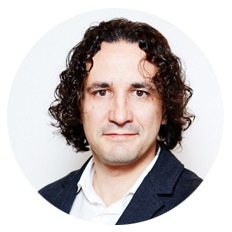
“We are preparing to transfer our employees to working remotely, and on Monday we are starting the experiment with the new operation format. We ultimately hope to transfer 100% of our operations to the remote mode. It’s not much of a problem for us; this is how we worked with our international colleagues from Japan and the USA – and we completed quite a number of projects including the ones that won in various competitions.
We have already been actively using cloud computing technologies; we work remotely with our clients, vendors, and subcontractors. A few years ago we invested a lot of time and effort to create a powerful financial accounting system based on 1C software. The financial side of architectural design is something that’s pretty hard to calculate – on the one hand, this is a service, on the other hand, this is a product; one is paid for by the hour, the other is paid by the unit; we have a combined system, and we have learned to account for both. We are currently setting up standard Microsoft services for communication at the micro-command level. Most of our employees have the basic equipment at home; if they need something extra, we organize setting up the workplace at their home or deliver some special equipment.
The equipment, however, is the least of our worries. The biggest problems are psychological and energy ones. We believe in our employees; we believe that our people are our main asset, but, nevertheless, self-isolation and working from home is a serious challenge for everyone. If you are used to the routine when you work in the office and rest at home, it requires a certain effort to adjust. However, just like any skills, this is something that you can learn; you can master working from home.
Another challenging task has to do with the collective nature of our creative work. A project is done by a large team, and it’s very important to transfer the synergy of the creative strength from the physical office to the cyber one. Partially, we tested this when working with our international colleagues but now we need to spread it over to our local employees.
Third, psychology. People are social creatures, and many of them perceive work as a social club. It is important not to lose these connections along the way, and to make sure that people don’t start feeling alienated – and this is a very important task for those companies that are switching to the work-from-home mode. We are learning yet. This is the number one rule of today’s world – never stop learning. My personal opinion is that what’s going on right now is mass hysteria. But there is also an upside to it because now we can channel more of our creative energy to creating the product as such. And we can use the free time that we now have on our hands to spend more of it with our families, our children – or to develop new projects. Circumstances – any circumstances – are a good incentive to make a change. In addition, the construction market is very conservative, and if it makes such innovative changes, it will certainly be a plus. Probably, this forced change of format will make some unnecessary things go away, which will vacate new energy for creative work. The way I see it, the pandemic will go, but the industry will never be the same.”
Anna Ishchenko, Wowhaus:

“We partially switched our office to working from home. The key employees, who are involved with the projects that are in the most active phase, stay in the office. We have long since launched a system of remote access to our files; also, all of our employees have applications with our corporate emails installed on their smartphones. This is something that we are already used to, and switching over to a remote mode was not really painful to us. Currently, taking advantage of the situation, we are fine-tuning our videoconference system – we have long since been wanting to do it but somehow we never got round to it.”
Vladimir Plotkin, Reserve Union:
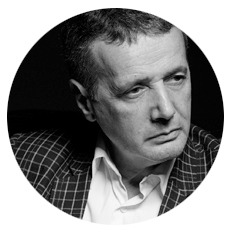
“Yes, we also transferred about 80% of our work to a remote mode – it will not be easy, but this might become a useful experiment. If it turns out to be effective enough, we might continue working like that even when the pandemic is over. This could help us save some money.”
Andrey Gnezdilov, Ostozhenka:
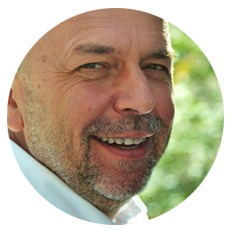
“Well, what can you say – new times are coming. Tomorrow we are opening an exhibition in the Museum of Moscow, marking the 30th anniversary of Ostozhenka, both of our company, and of our project bearing the same name, and this now will be done remotely, by online broadcasting.
Today, almost all of our employees are working from their homes, and we are trying to organize our work in a new way, preparing for the day when moving around might not be as easy as it used to be. Of course, everyone realizes that now we have to keep social distances, use the public transportation system less, and avoid potentially dangerous places. Our employees feel a lot more comfortable that way.
It is a necessary measure, but it’s not all that easy to enforce it; at least it requires some organizational efforts – both on behalf of the project leader and on behalf of every team member. Our job is collective by nature – when there is a project going on, different people need to see it: at some point in time you want to get together and take stock of the result of your work. When you all work in the same office, that’s the easiest thing to do – we lay out our materials on the conference table, and have a discussion. Of course, it is a lot more difficult to have such a discussion online. But it’s still possible. This is not so much an issue as a new form of communication. We will yet have to get used to it, living in this new format. In any event, however, organizational and emotional efforts will have to be made – at least to make sure that this “work from home” does not turn into an unscheduled vacation.”
Sergey Skuratov, Sergey Skuratov Architects:
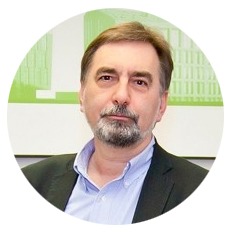
“I’m in quarantine now because I arrived from Lion, France, on the 7th of March – I skied with my family in Val d’Isère. There was nobody on our plane who contracted coronavirus. I saw the data on all of the flights. I will be in quarantine until Monday. I consult by the phone, via WhatsApp, and Skype.
So far, everything’s alright. Our company operates almost in full capacity. We have two competitions and a new concept ahead. We have not yet issued an order for remote work, and so far it’s a voluntary thing – some of our people do work from home but it’s not a mass trend with us. More than half of our operations is essentially working documents, which are done by teams from 3 to 15 people. Somebody must get these things together, print them out, and hand them over to the client. Anyway, we are up for it. Our studio is very clean, the rooms are aired regularly, and we wash our hands several times a day. We are in the working mode.
I will venture a guess that the next month we are going to work remotely. This, however, is not what matters. What matters is our orders. It is very important that the construction work continue, and that developer companies not suspend their operations for an indefinite period of time. Because if that happens, this will be hard on us, especially on the lower-rank employees. We will not have the money to pay them their wages.”
Sergey Nikeshkin, KPLN project bureau:
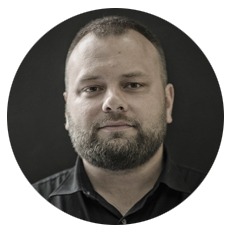
“Collective work on large projects in BIM implies a constant exchange of data, a process which would be quite tricky to organize if everyone works from home. But we are trying to tackle this problem; we are currently preparing the technical basis for the remote work, launching our cloud data storage, and analyzing the possibilities of our employees’ home workplaces.”
Mikhail Beilin, Citizenstudio:
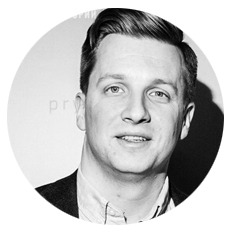
“We have been working in this “online office” format for quite a while as it was. And we really love this format. We consider it to be very productive, and we consider such way of organizing the work of an architectural company to be extremely flexible, especially during this difficult situation in the country and in the industry. And this format makes the company leaders – me and Daniel – still more responsible for this remote operation. This is like some super-management task. You cannot see all the details of the process how people work, and, accordingly, you must always monitor the architect’s product. You need to divide it into micro tasks so as to always be able to quickly make corrections both to the process and the result. You need to learn to quickly respond to these remote challenges, to be always online. To keep in your head and to have a clear idea of all the working processes that your employees are involved in during various projects. Yes, of course the visual contact facilitates interaction. But in our format it rarely happens – only at special meetings with architects. However, now that the system has been debugged and the employees are used to it – everything is going fine. Thus, nothing has changed in our case.
The main advantage of this format is not economizing (on the office rent, operations, etc.), but the fact that you can be more flexible when choosing your work. Not having to spend that much, you can take up only the orders that are really interesting to you.”
***


